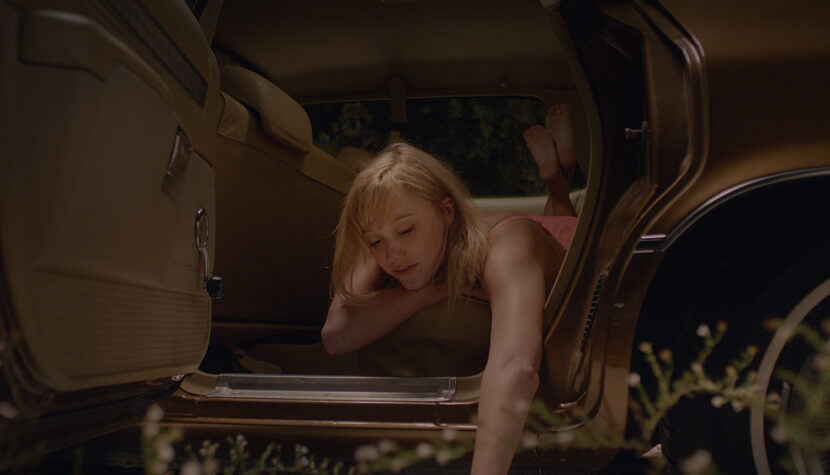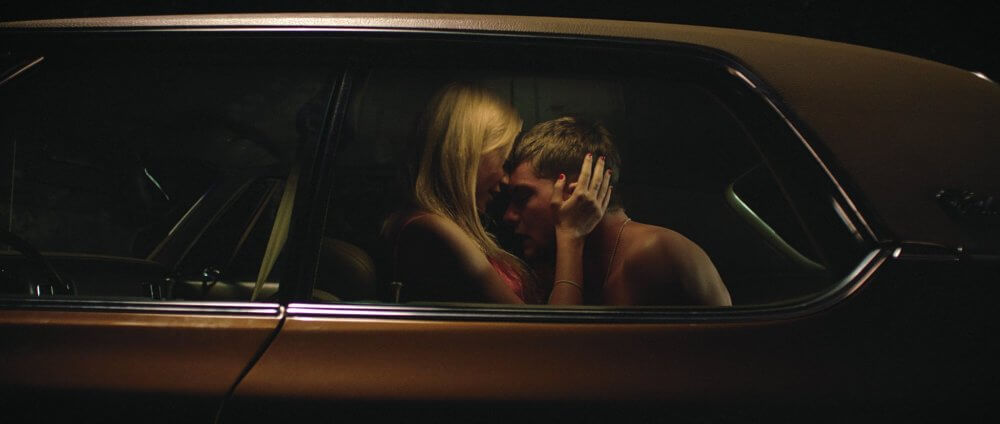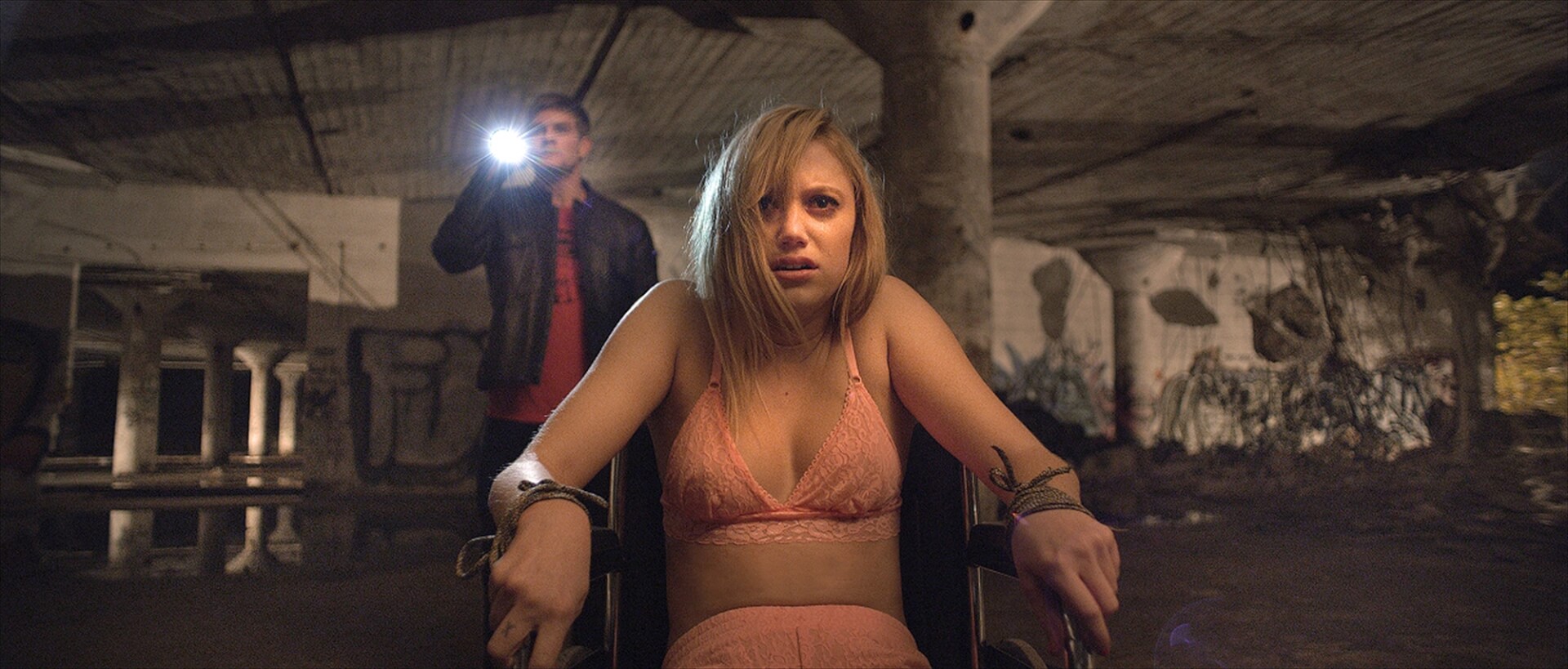IT FOLLOWS. Horror perfection

After watching “It Follows” by David Robert Mitchell, at least one thing is certain: the director meticulously did his homework on the history of horror. Americans haven’t done something so fresh and original in this genre for a long time, yet they draw heavily from the tradition established over the past decades. “It Follows” strikes various chords, with a significant portion of them sounding familiar, but the final result remains a distinct work, far from any plagiarism. Mitchell doesn’t follow the recent formula that determines the success of most horror films that rise above the level of mass-produced nonsense about possessions. He doesn’t adhere to the classic formula, executing a solid but unoriginal story. His idea is much more ambitious, playing with the genre without resorting to simple parody. He skillfully explores familiar themes and moods while presenting something not often seen on screens.
“It Follows” tells its story well through associative play. It’s better not to dwell too much on the film itself, as it risks spoiling the enjoyment of the viewing experience. Therefore, I will limit myself to describing revealing events that take place during the first few minutes of the film. Jay, the only one among her friends, goes on a date. At times, her chosen partner behaves quite strangely. The girl is not bothered much by his eccentricities, so the relationship progresses. Eventually, an intimacy occurs, after which Jay is drawn into a strange and dangerous game. As per the title of Mitchell’s film, “something starts following” the main character. Adhering to the horror metaphor, one could say that the sexual encounter in this case is synonymous with what an invitation to cross the threshold is for a vampire. No more words about the plot, it’s time for associative play.

After a brainstorming session following the screening, it turned out that the film opens quite a few mental drawers. There’s something reminiscent of Cronenberg’s bodily fascinations. It’s impossible not to think about his “Shivers” (1975) during the viewing, combining sex with the mortal threat from an intruder attacking the body. It’s a strange feeling suggesting that something is behind us, sitting in the corner, observing, and waiting for the opportune moment to attack. One can find this in Carpenter’s work from the eighties. There’s also the hard-to-define aura of inexplicability characterizing films like “Donnie Darko” or “Phantasm,” the unease reminiscent of stories in series like “The Twilight Zone,” and the thrill characteristic of series in the style of “Are You Afraid of the Dark?” Colleagues rightly pointed out that the situation the characters find themselves in resembles a story directed by Martin Scorsese for “The Amazing Stories” (“Mirror, Mirror”). There’s also a motif that immediately triggers thoughts associated with Hideo Nakata.
Associations are evoked by the music created by Disasterpeace. Again, it’s worth mentioning “Phantasm,” as the main theme composed by Fred Myrow and Malcolm Seagrave could certainly be one of the main inspirations. One cannot forget “Suspiria” and Goblin’s brilliant soundtrack. Musically, we’re playing with the late seventies.

The use of motifs within the genre is not a guarantee of success, of course. Mitchell is well aware of this. In “It Follows,” nothing seems forced just to wink at the seasoned horror viewer. Everything serves the story, which itself plays with the unwritten rules of American horror cinema. After all, everyone knows that if there’s a serial killer or a demonic force in the city, you absolutely cannot have sex because that’s when you die right at the beginning. It must be acknowledged that basing the plot on the hackneyed principle that works in cheesy slasher films is a rather clever idea. Most importantly, it’s an idea that works.
“It Follows” is definitely one of the most interesting horror films in recent years. It’s not the type of film that tries to scare you at every possible moment, nor the one that aims for maximum plot complexity and a “mind-blowing” twist. Mitchell is mainly focused on creating an atmosphere. That’s why the cinematography (excellent – oh, those American suburbs!), the music, and drawing from sources that were essentially synonymous with atmospheric horror cinema at one time are crucial here. I’m not claiming it’s something outstanding. In the second half of the film, the creator starts to lose his way a bit. Nevertheless, this doesn’t change the fact that “It Follows” works perfectly in its category. If Mitchell had maintained the intensity of the first half, I would be inclined to give it the highest ratings, but as it is, a slightly more subdued eight with a small minus.

